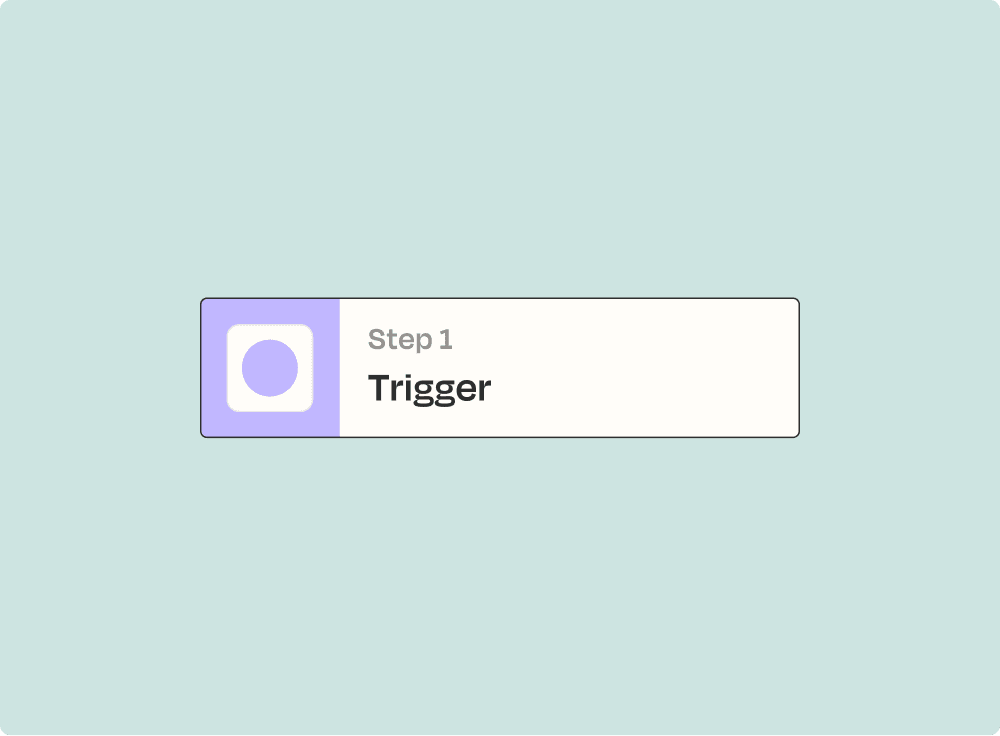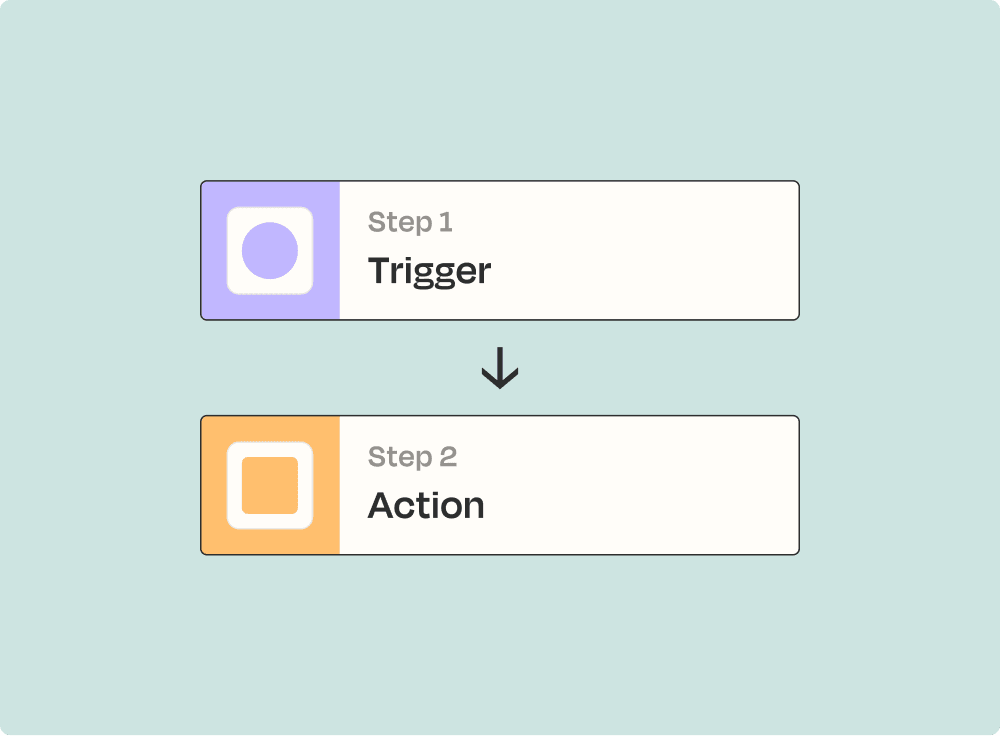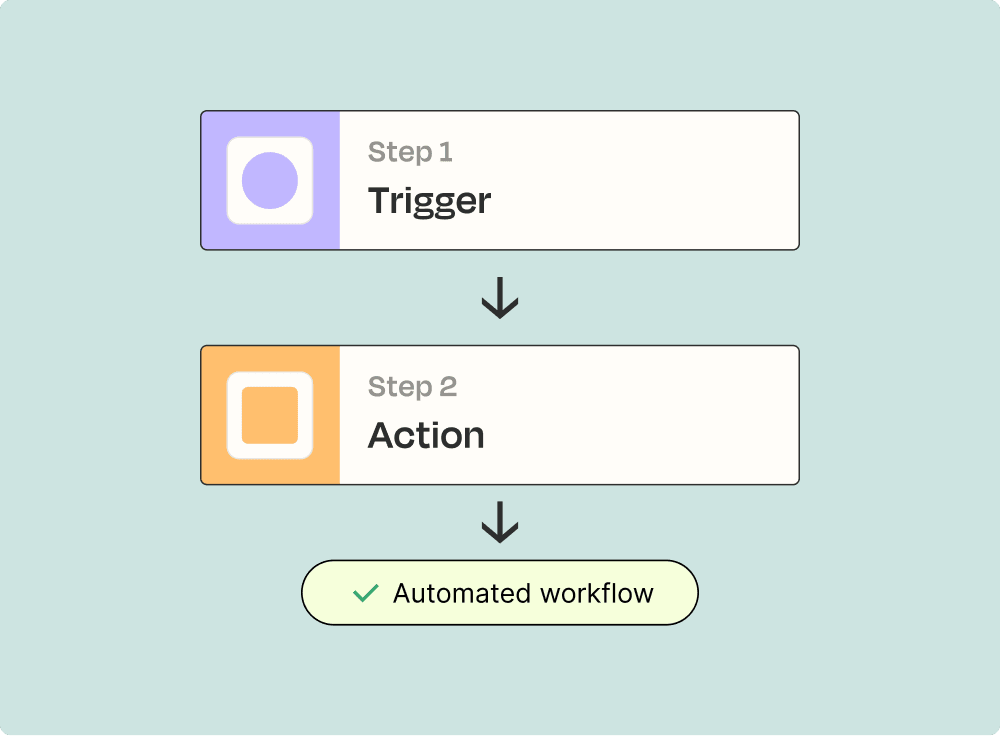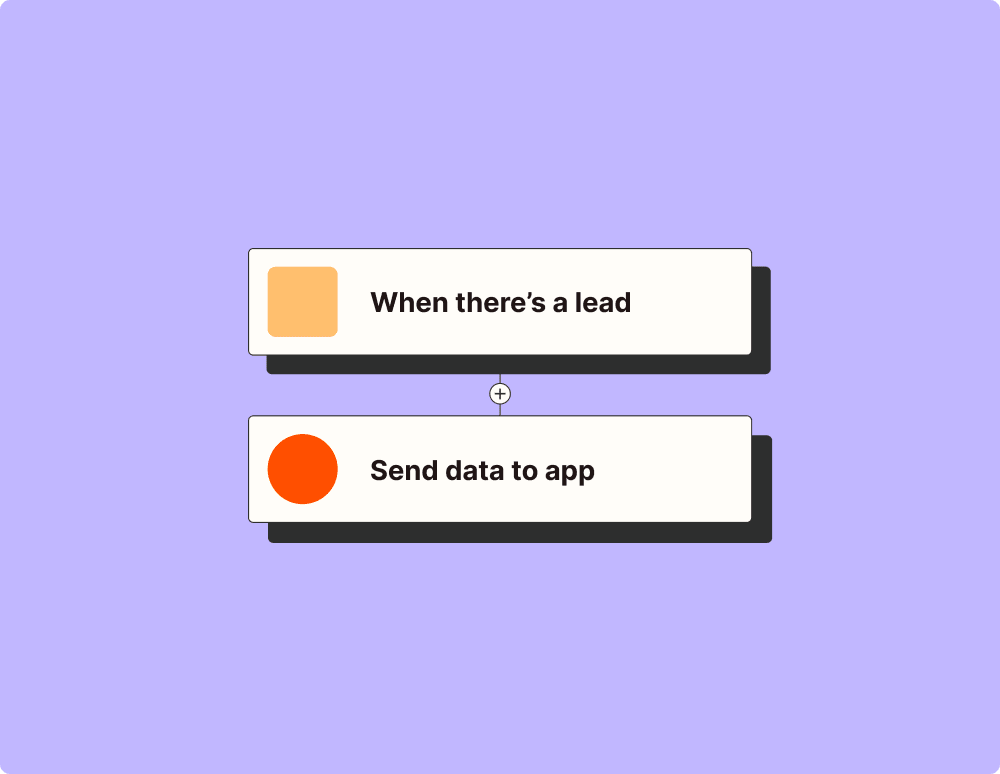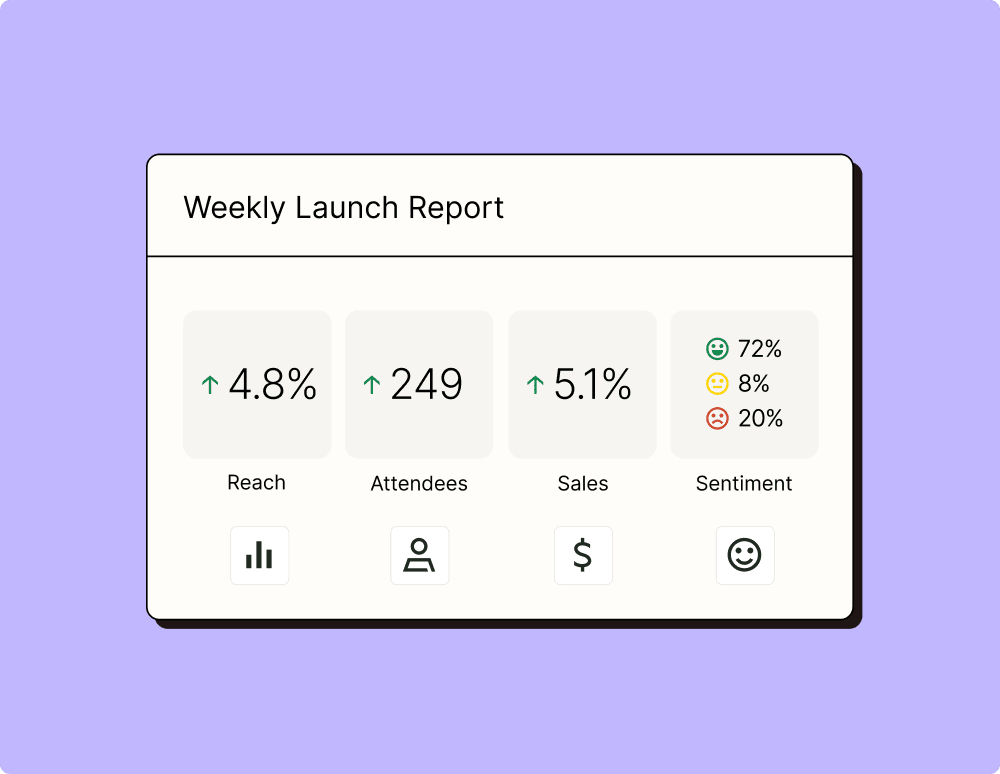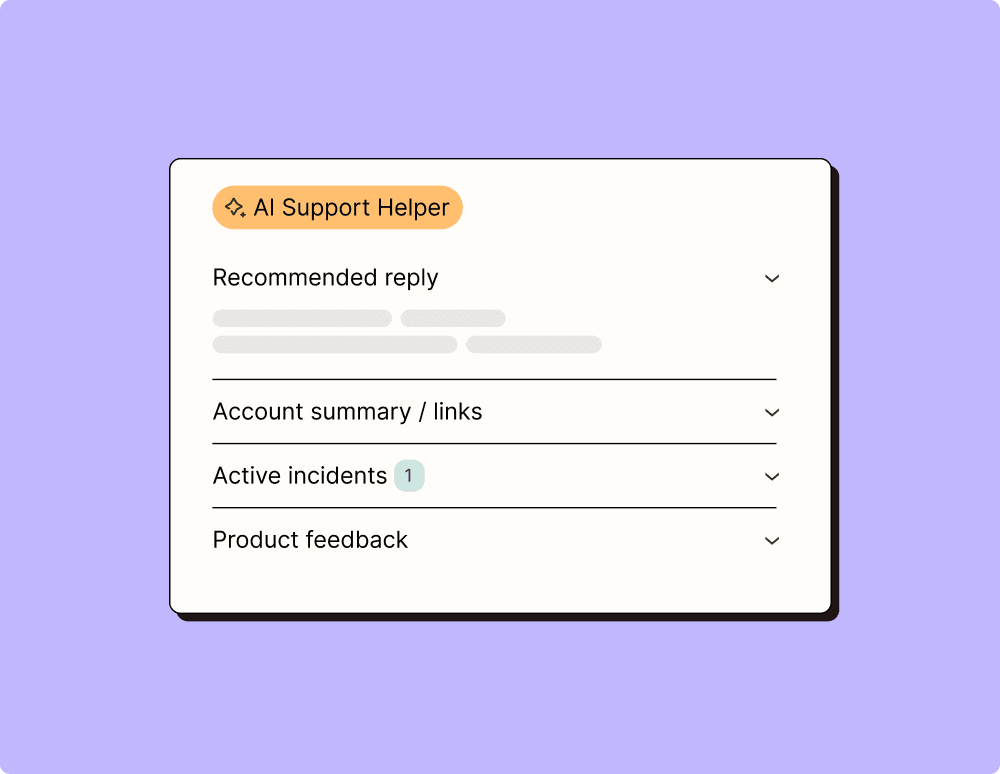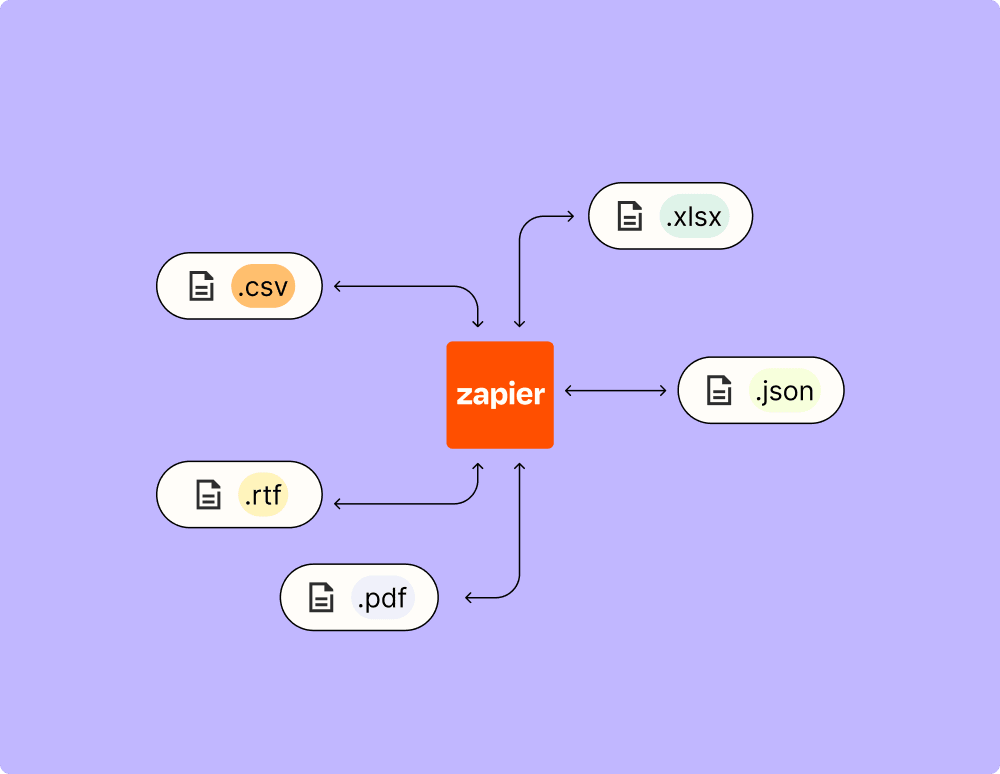Connect Microsoft Excel and Webhooks by Zapier to unlock the power of automation
- No credit card required
- Free forever for core features
- 14-day trial for premium features and apps
Set up your first integration
Quickly connect Microsoft Excel to Webhooks by Zapier with a Zapier template.
Our most popular template

How Zapier works
Zapier makes it easy to integrate Microsoft Excel with Webhooks by Zapier - no code necessary. See how you can get setup in minutes.
Zapier is the automation platform of choice for 87% of Forbes Cloud 100 companies in 2023
93%
Customers who say using Zapier has made them better at their job
25m
Customers have created over 25 million Zaps on the platform
6 mins
The average user takes less than 6 minutes to set up a Zap
Frequently Asked Questions about Microsoft Excel + Webhooks by Zapier integrations
New to automation with Zapier? You're not alone. Here are some answers to common questions about how Zapier works with Microsoft Excel and Webhooks by Zapier
What is required to set up a Microsoft Excel and Webhooks by Zapier integration?
To set up an integration between Microsoft Excel and Webhooks by Zapier, you'll need an active Zapier account, access to the Microsoft Excel file you wish to connect, and the URL endpoint for your webhook. The integration process involves selecting triggers and actions that determine how data is sent from Excel when certain conditions are met.
Which triggers are available when integrating Microsoft Excel with Webhooks by Zapier?
When integrating Microsoft Excel with Webhooks by Zapier, you can use triggers such as 'New Row' in a worksheet or 'Updated Row'. These events can prompt actions in your webhook whenever a new row of data is added or an existing one is updated in your Excel spreadsheet.
Can I send data from a specific row in my Excel sheet using Webhooks by Zapier?
Yes, you can configure Webhooks by Zapier to send data from a specific row by setting up the appropriate trigger in your Workbook. For example, using the 'Updated Row' trigger allows you to monitor changes to specific rows and send that information via webhooks.
Are there any limitations on the types of data that can be sent from Excel to a webhook using this integration?
Our integration supports various data types commonly used within Excel worksheets like text, numbers, dates, and boolean values. However, complex objects like embedded images or charts cannot be directly transmitted through webhooks as they are formatted specifically for spreadsheet display.
How does error handling work if an update fails during the automation process between Excel and webhooks?
If an update fails when sending data from Excel via webhooks, our system attempts automatic retries for transient errors. For persistent issues, logs are generated which allow users to debug and adjust their configuration accordingly.
Is it possible to filter which rows trigger an event in my webhook engagement?
Yes, filtering is possible. By configuring conditions during setup, you can specify criteria that determine whether a row should trigger your automation. This means only rows matching certain fields or values will initiate a webhook call.
Can I use this integration for two-way synchronization between my app's web API and Microsoft Excel?
This integration primarily facilitates one-way data pushes from Microsoft Excel to other apps via webhooks. For two-way synchronization involving pulling updates back into Excel through its native APIs alongside webhook pushes might be necessary for comprehensive sync options.
Supported triggers and actions
Zapier helps you create workflows that connect your apps to automate repetitive tasks. A trigger is an event that starts a workflow, and an action is an event a Zap performs.
